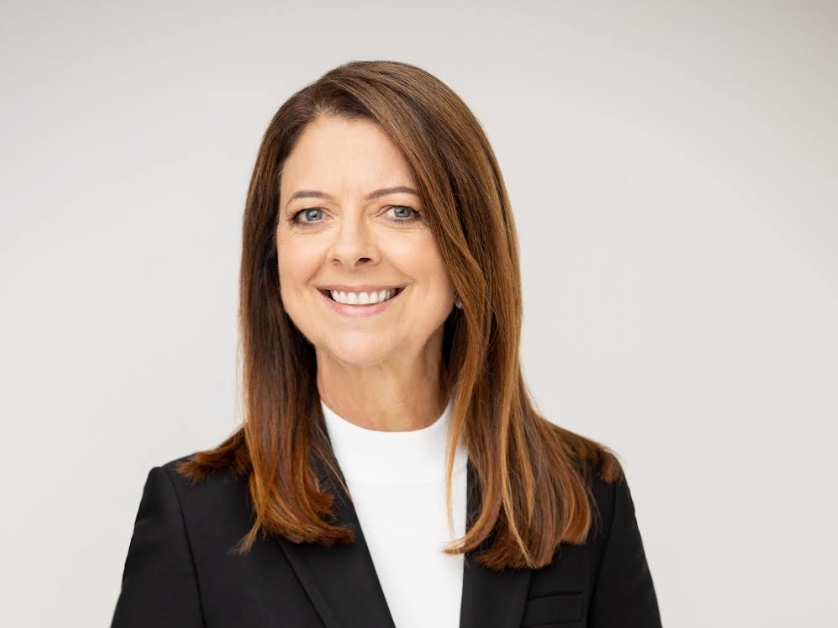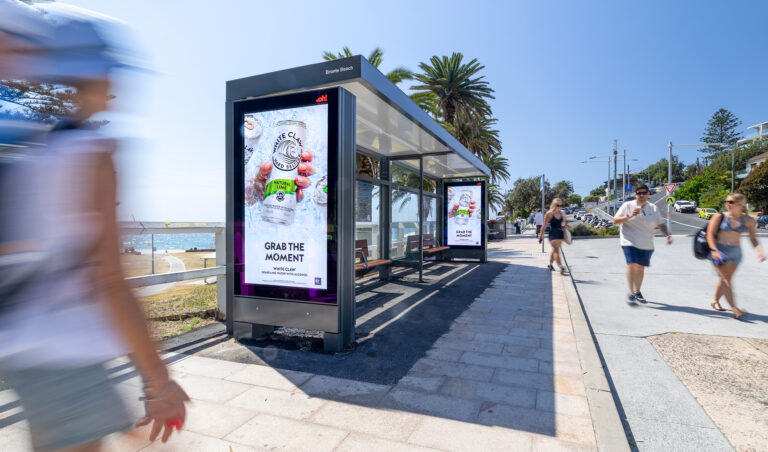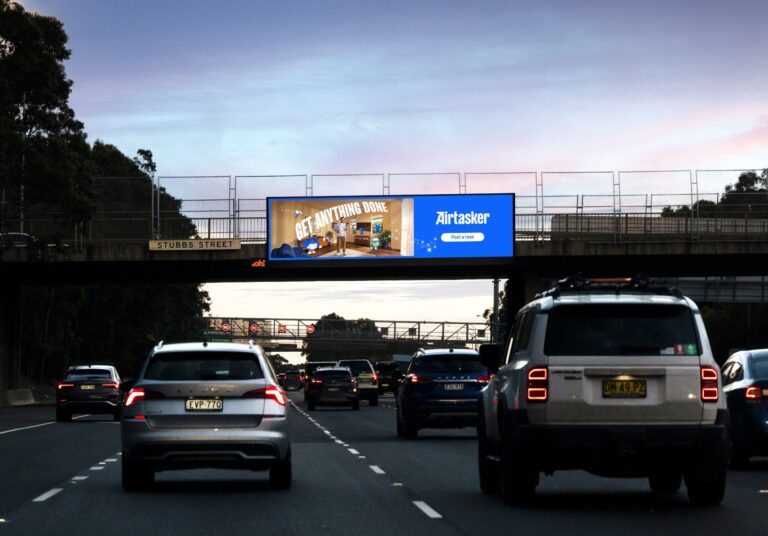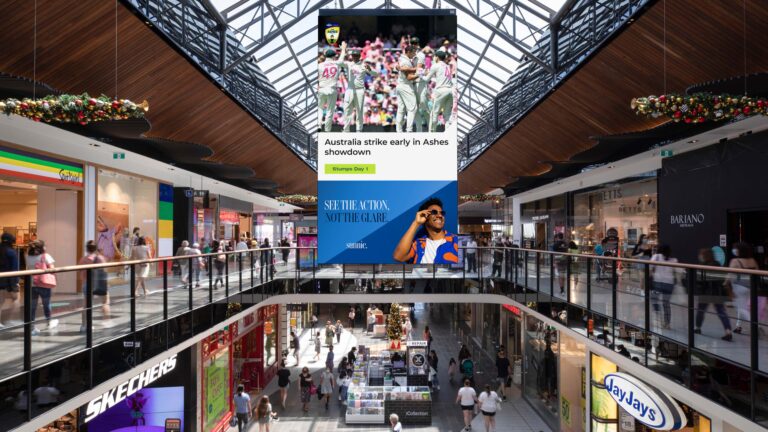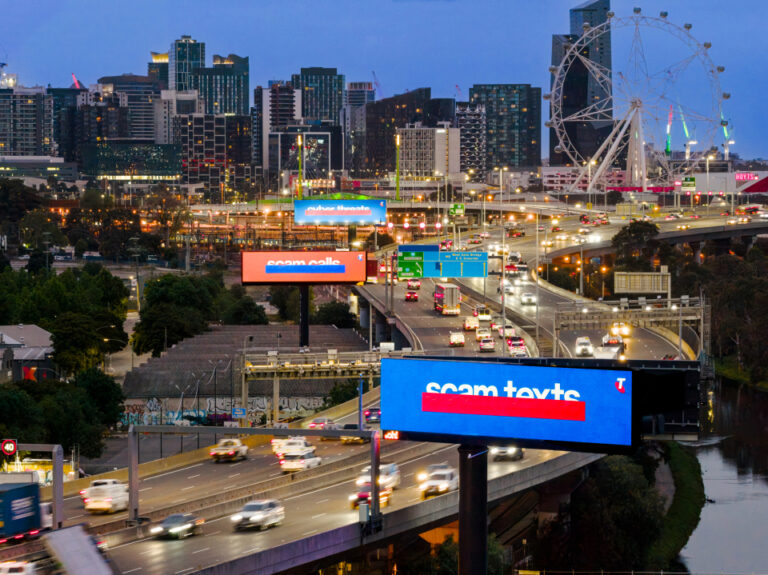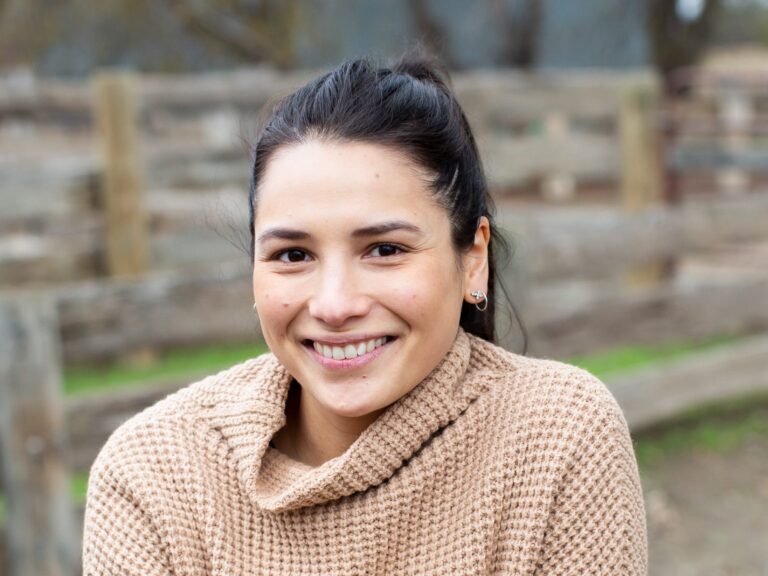Originally published in Mumbrella.
oOh!media had barely polished off a celebratory bottle of champagne when alarming news about the future of the mega Sydney Metro project emerged last week.
In late June, the out-of-home giant was named the winner of the lucrative contract for digital assets across the multi-billion-dollar driverless rail network.
The deal included prestige placements at Crows Nest, Victoria Cross, Barangaroo, Martin Place, Pitt Street and Waterloo, and new Metro platforms at Central and Sydenham. The Martin Place element includes assets in the revitalised surrounding retail precinct.
An additional component also awarded the contract for OOH assets at 11 upgraded Metro stations between Sydenham and Bankstown.
But last week, serious doubts emerged about the future of the latter part – named Metro South West – as well as the future Metro West line between the CBD and Parramatta, when New South Wales Premier Chris Minns revealed a significant cost blowout.
Raining on their parade
Minns blamed his cold feet on a drastically revised cost projection of $25 billion, some $17 billion more than originally budgeted.
“Now $17 billion, to put it in context, is the equivalent of 20 brand new hospitals,” Minns told reporters last week. “It’s the equivalent of 200 brand new schools. It’s the same amount of money that you’d spend on 8,500 brand new hospital beds.”
After days of uncertainty and mounting pressure, The Sydney Morning Herald today reports the NSW Government will proceed with Metro South West.
The future of the Metro West component remains under review. While the oOh!media deal did not include Metro West, it would have been a preferred partner.
Speaking to Mumbrella, oOh!media chief executive officer Cathy O’Connor said she would take the advice of Metro Trains as it was given to them by the State Government.
“At this point, all parts of that contract are intact,” O’Connor said.
“The first element is well upon us, and we’ll move in to build very soon. The stations are materialising around us. We’re thrilled with stage one [of the contract]. We’ll look at whatever future stages look like.”
oOh!media began chasing the Metro contact after it wound up its Sydney Trains contract, covering the city’s vast rail network, back in 2021. Rival operator JCDecaux then picked up the business.
“Not all stations are created equal,” O’Connor reflected on the end of the contract.
“We’ve had our eye on this emerging Metro asset for some time. We’ve thought to prioritise the premium offering for some time and not just chase panels for panels’ sake.”
The first phase of its Metro win, which “is well upon us”, was always viewed as the most “premium” part of the package, she said.
“At the very least, the first stage of it is probably the premium part and we’re incredibly excited about that. It’s going to be a really great and contemporary commuter offering that’s styled to keep with the premium environment of the stations. It’ll look beautiful.
“They’re premium rail assets. In addition to that [stage one component], we’ve also secured the new Martin Place precinct – both the metro station and a new retail precinct that will transform that business environment.
“We want to keep our powder dry until the product launch and won’t give away the full game, but there will be lots of innovation with state-of-the-art screens and all the ability to offer real-time. You can expect a 100% digital network and in some of the environments some larger screens as well.”
A bumper period of growth
The OOH sector in Australia continues to see extraordinary growth, with a projected 9% annual compound growth rate across the 2022-23 financial year, according to the Outdoor Media Association.
“Advertisers and marketers are always keen to understand how audiences are behaving – what they’re doing and what they’re not doing,” O’Connor said of the strength of the industry.
“Technology has fundamentally changed a number of media consumption habits, but OOH sits quite distinct from that. Its audiences are growing, and its mass-reach audience is growing. In a fragmented market where it’s hard to isolate a large audience, or it costs a premium to get to one with any great saturation, OOH has a privileged place.”
Population growth, urbanisation and new public infrastructure, be it road or public transport, offer opportunities for audience reach to grow further.
OOH is cost efficient in relative terms and it’s easier and quicker than ever for a brand to reach a mass audience, O’Connor said.
“On top of that, we have digitisation – the trend that’s really fuelled the growth of OOH. This trend has been going on since the first digital sites in 2010 but it’s now amplified as the tech gets more sophisticated, content is optimised, timing of message can be done by context, by day, by weather trigger and more… they’re new world advancements that up the ante.”
oOh!media has celebrated a number of recent wins. On top of the Sydney Metro and Martin Place precinct contracts, it picked up the prestigious Woollahra City Council account.
“It’s the first time street furniture assets have been offered in this premium, blue-ribbon area.
“Combined with our office environments, our airport environments, our Qantas lounge environments, we’re incredibly excited to bring new pathways to premium consumers, and more broadly, mass reach audiences in new spaces.”
While the business is still a short time away from reporting its full-year results, O’Connor said it had seen growth and will have “more to say about the specifics soon”.
Tech advances and a senior appointment
As well as chasing new business, oOh!media has spent the past few years investing in product innovation as new technology emerges.
“We have a team dedicated to innovation, whether it’s the sort of infrastructure we build or the capability of the product and new forms of connection, like three-dimensional anamorphic,” O’Connor said.
Its 3D anamorphic product in Melbourne at The Bourke – the first of its kind in Australia – has generated “a huge response” and will spark the rollout of similar assets across the country.
Another major play is the rollout in 2024 of Move 2.0, an advanced new measurement system. Briefings about the offering will begin soon.
“There are a lot of data inputs into measuring OOH. You need to understand how people move, and that’s move in the road environment, the roadside environment, place-based environments, public transport… there’s mobility data… there’s a lot that goes into it.
“I wouldn’t say it’s simple but it’s quite sophisticated. “And it’s quite evolved. The industry has been at this since 2010 with Move 1.0, and prior that with Roam. There’s a lot of intelligence within the space about how to measure effectively.”
Rich partnerships are another key area of focus, she said.
Content arrangements with News Corp Australia and Broadsheet are designed to grow engagement – headlines, weather updates, tips on what to see and do in a city, and sporting results displayed on certain OOH assets attract eyeballs and keep them engaged for longer.
“It’s a way of improving the connectivity and receptiveness of our screens in place-based environments and some road and retail environments.
“They’ve moments that brings city to life. It makes the screens utilities and therefore makes them more appealing for advertisers.
“We’ll continue to evolve those strategies. Unsurprisingly, there are a lot of content businesses that now see OOH as a new channel. We think that’s a win-win.”
O’Connor said she’s “incredibly excited” about data partnerships that have been renewed and relaunched with FlyBuys and Westpac Data X.
“It’s an evolution of what we’ve done for a long time – mapping intelligence about buyer behaviour to all of our assets. We can identify buyers and show advertisers pre- and post-campaign results at the cash register, at an actual source of truth.
“It’s an incredibly powerful way of demonstrating the ROI of our assets. We get better data and more access to more categories, and the ability to use it in all environments.”
And finally, the recent appointment of Paul Sigaloff as chief revenue and growth officer is another sign of the direction of oOh!media, she said.
“Paul is well-known to the industry. He has a long pedigree in media both here and overseas. One characteristic that he brings to our business is experience in digital transformation, and that’s on the buy and sell side of what we do.
“The way we organise our assets and inventory and go to market, to advertisers and agencies and at the long tail of SME customers… [he will help with] bringing that into the digital era to make it easier to buy and understand how we leverage our data and insights.
“He has a good reputation in that regard. He’s a real innovator. We’re already excited about the step change he’ll bring to the business. I’m very excited for the course he’ll chart in the digital era of OOH.”
